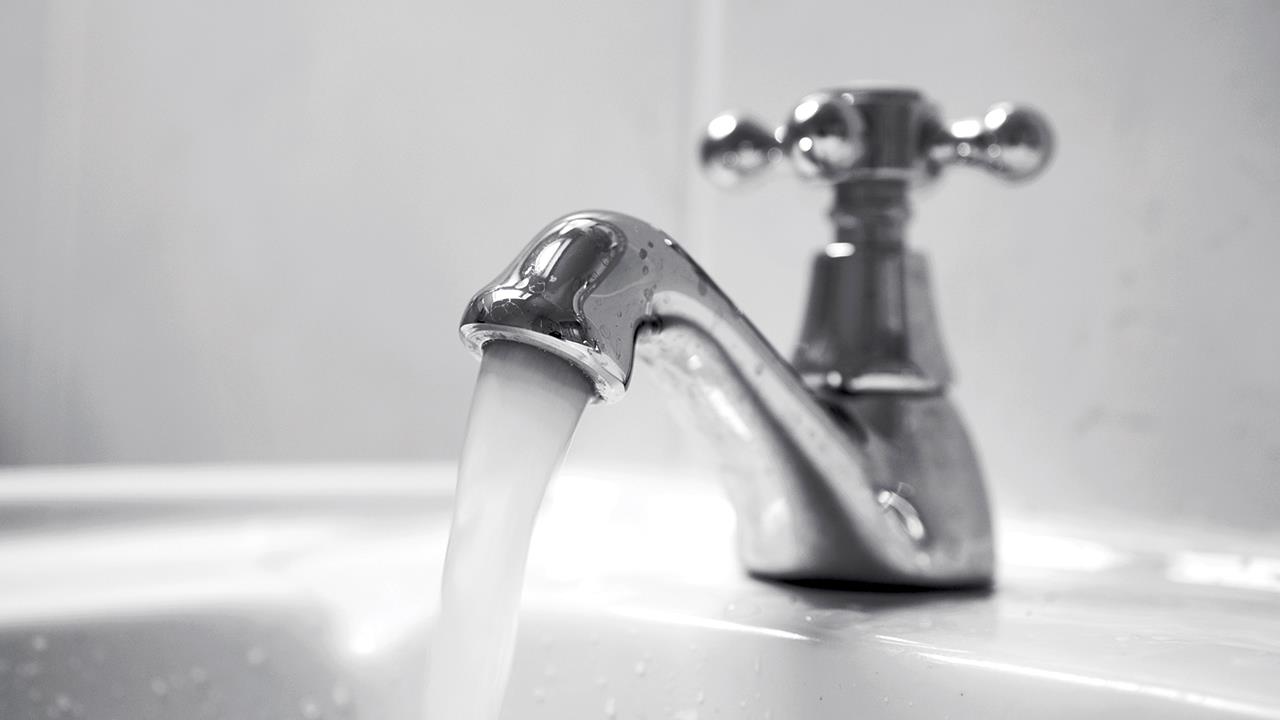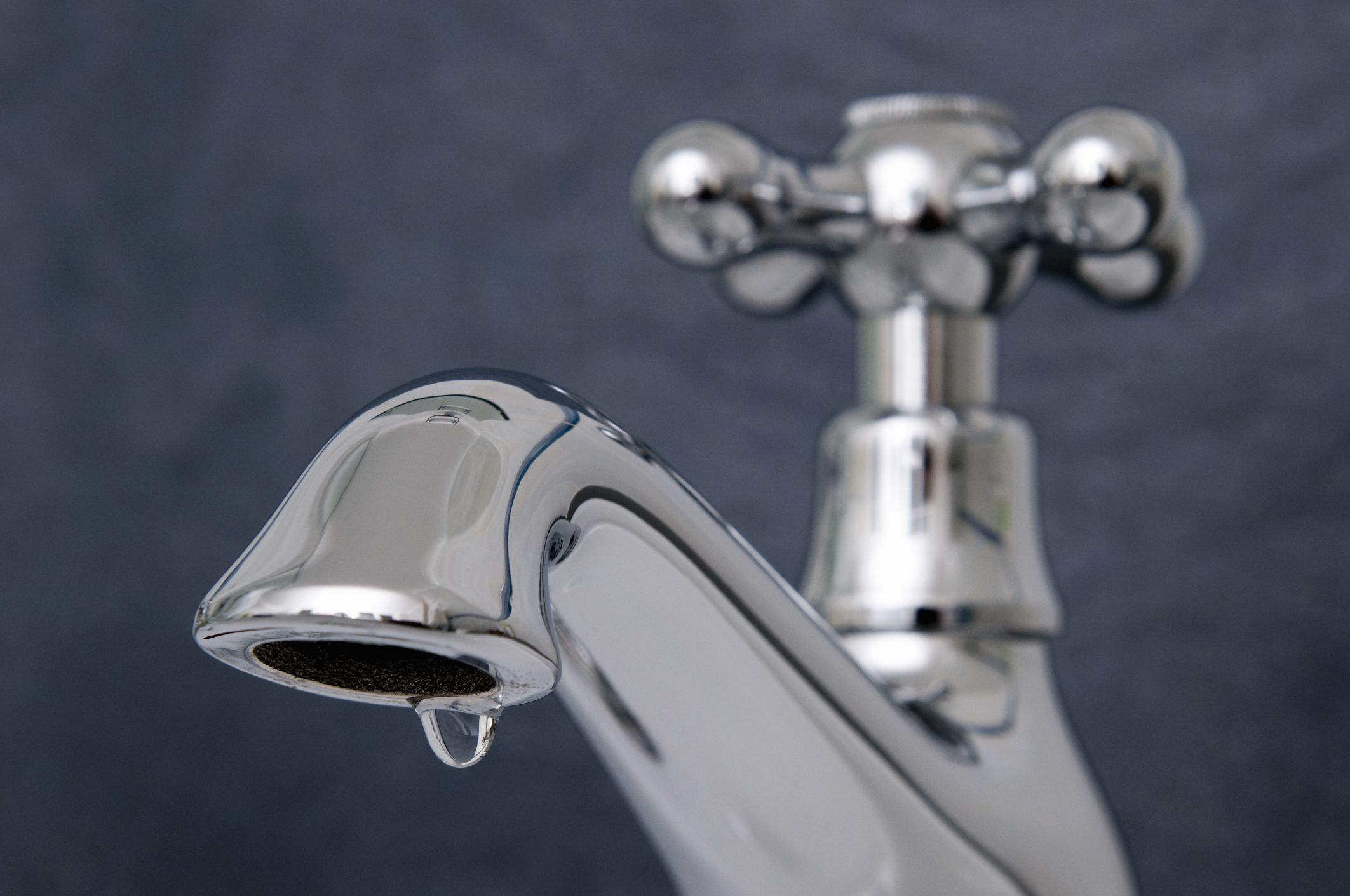Exploring the Impacts of Persistent Busted
Exploring the Impacts of Persistent Busted
Blog Article
We've noticed the article about Potential Health Risks Associated With Leaky Faucets listed below on the internet and accepted it made sense to relate it with you in this article.

Intro
A leaky tap may appear like a small aggravation, yet its effects extend far past the periodic drip. Understanding the effects of a leaky faucet is important for both homeowners and the atmosphere. In this post, we'll check out the numerous impacts of this typical family concern and why resolving it immediately is necessary.
Root Causes Of Leaky Faucets
Leaky taps can arise from a variety of variables, consisting of wear and tear, high water stress, and corrosion. With time, the continuous use faucets can lead to worn-out seals and gaskets, causing leakages to develop. Furthermore, too much water pressure can place strain on plumbing fixtures, bring about leaks. Rust and corrosion can also deteriorate tap components, making them susceptible to leak.
Water Wastefulness
One of the most substantial effects of a leaking tap is water wastefulness. Also a small drip can add up to gallons of wasted water gradually. This not just increases water costs yet additionally adds to water deficiency and ecological degradation. Addressing leaky faucets promptly is essential for saving this valuable resource and reducing its effect on the planet.
Financial Impact
Along with drainage, leaking faucets can also have a significant economic effect. Enhanced water bills are a straight repercussion of water waste, costing home owners thousands of dollars annually. In addition, the expense of repairing water damages caused by leakages can be substantial, specifically if left ignored for an extensive period.
Ecological Impact
The ecological impact of leaking taps extends past water wastage. By saving water, home owners can contribute to broader efforts to alleviate water deficiency and safeguard all-natural ecosystems. Sustainable options such as rain harvesting and water-efficient components can further decrease the environmental impact of house water use.
Technical Solutions
Advancements in technology have resulted in the growth of clever taps and water-saving tools that aid decrease water wastefulness. Smart taps make use of sensing units to find activity and change water flow appropriately, decreasing waste without sacrificing convenience. Water-saving tools such as aerators and low-flow showerheads are additionally efficient in conserving water without compromising efficiency.
Worldwide Perspectives
While dripping faucets may feel like a localized issue, they add to broader worldwide challenges such as water scarcity and climate adjustment. In areas currently facing water anxiety, every drop counts, making leakage prevention and fixing vital. By adopting water-saving methods and buying sustainable modern technologies, homeowners can play their component in addressing these pressing worldwide concerns.
Regulatory Procedures
Federal government regulations play a vital duty in mitigating the effect of leaking taps and promoting water conservation. From developing codes that need water-efficient components to water-saving motivations and discounts, policymakers have a series of devices at their disposal. By applying and enforcing these regulations, governments can ensure that homeowners focus on water preservation in their day-to-days live.
Area Effect
Dealing with leaky faucets calls for cumulative efforts at the community degree. By elevating understanding about the importance of water preservation and offering resources for leakage detection and repair, regional authorities can empower home owners to act. Initiatives such as water-saving refund programs and leak discovery projects can incentivize habits adjustment and promote liable water usage.
Instance Studies
Real-life examples of the impact of leaking taps underscore the value of aggressive maintenance and prompt fixings. From water damage to escalating water costs, the effects of disregarding leaks can be serious. By sharing these study, homeowners can better understand the importance of attending to dripping taps without delay.
Educational Campaigns
Educational projects play a crucial role in raising understanding regarding the impacts of leaking faucets and promoting water conservation practices. Via workshops, workshops, and on the internet resources, property owners can learn how to detect and fix leakages themselves. By equipping individuals with expertise and devices, educational projects can cultivate a society of accountable water use within neighborhoods.
Health Concerns
Leaking faucets can develop favorable environments for mold and mildew and mildew development, posing wellness risks to owners. The presence of mold and mildew can exacerbate respiratory system issues and allergic reactions, specifically in prone individuals. Furthermore, water damages resulting from leaks can jeopardize the architectural integrity of buildings and bring about costly repair work.
Do it yourself vs. Specialist Repair
When faced with a leaking faucet, house owners usually debate whether to attempt repair work themselves or employ an expert plumber. While do it yourself fixings can conserve cash, they might not constantly attend to the hidden problem successfully. Expert plumbing professionals have the proficiency and equipment to detect and deal with leakages correctly, making sure long-term solutions and comfort for home owners.
Preventive Measures
Avoiding leaking taps requires regular upkeep and positive steps. Straightforward jobs such as replacing damaged washers and seals can protect against leaks from creating. Furthermore, upgrading to top notch fixtures and minimizing water pressure can assist lengthen the life expectancy of taps and reduce the threat of leaks.
Final thought
Finally, the effects of a leaking tap expand far beyond the periodic drip. From water wastefulness and enhanced water expenses to wellness concerns and environmental effect, the repercussions of overlooking leakages can be significant. By dealing with leaking faucets immediately and embracing water-saving techniques, home owners can reduce these impacts and contribute to a more sustainable future.
Causes and Consequences of a Leaky Faucet
Although it’s a relatively common issue, many people don’t know what causes a leaky faucet. Additionally, few homeowners are familiar with the consequences of leaky taps, causing them to ignore the problem. However, much of the damage caused by leaky faucets can be prevented by reacting swiftly.
In this article, we’ll provide a better understanding of leaky faucets by listing their causes and consequences.
What causes a leaky faucet?
Many internal pieces of the faucet responsible for turning the water on and off can break. Consequently, they can’t function correctly and will give rise to leaks. Here are a few common causes of leaks:
Loose washers
The washer opens and closes when turning the faucet on and off. This movement produces friction, causing wear and tear. Over time, the washer gets worn out and won’t fit closely to the valve seat, leading to a leak.
Worn out O-rings
O-rings seal gaps between the internal parts of the faucet. If they fail, water can seep through these gaps and result in a leaky faucet.
Poor seals
Many faucets have inlet seals that let water freely flow when turning the faucet on and stop when it is turned off. If there’s too much sediment or water pressure, the seals can suffer damage and cause the faucet to leak.
Corroded valve seat
The valve seat sits at the bottom of the faucet’s mechanism. It plays a part in turning the tap on and off, and it can corrode due to repeated usage. If so, water will be dripping around the handle area.
Worn out faucet cartridge
Single-handle faucets have a faucet cartridge that helps control the water flow. Due to normal wear and tear, the cartridge can start leaking.
What are the consequences of a leaky faucet?
High water bills – Dripping faucets can lead to much higher water bills due to the amount of water wasted. In particular, as much as 17 gallons of water can be wasted during a single day if a faucet has about one drip per second. Mold and rot – Mold can develop in any moist area, making the area around leaky faucets an ideal breeding ground. Also, any wooden elements affected by the leak can eventually rot. Overflows and drain clogs – If the leak persists for a while, it can cause a lot of stress on the plumbing system and lead to overflows and drain clogs. Water stains – Minerals accumulating in the sink due to a leaky faucet can be quite tricky to remove. In the worst-case scenario, you might need to buy a new sink. https://www.jimmyjoesplumbing.com/blog/causes-and-consequences-of-a-leaky-faucet

I'm certainly very taken with The Environmental Impact of Leaky Faucets and I'm hoping you appreciated our post. Sharing is good. Helping people is fun. Thanks for being here. Please visit our site back soon.
Report this page